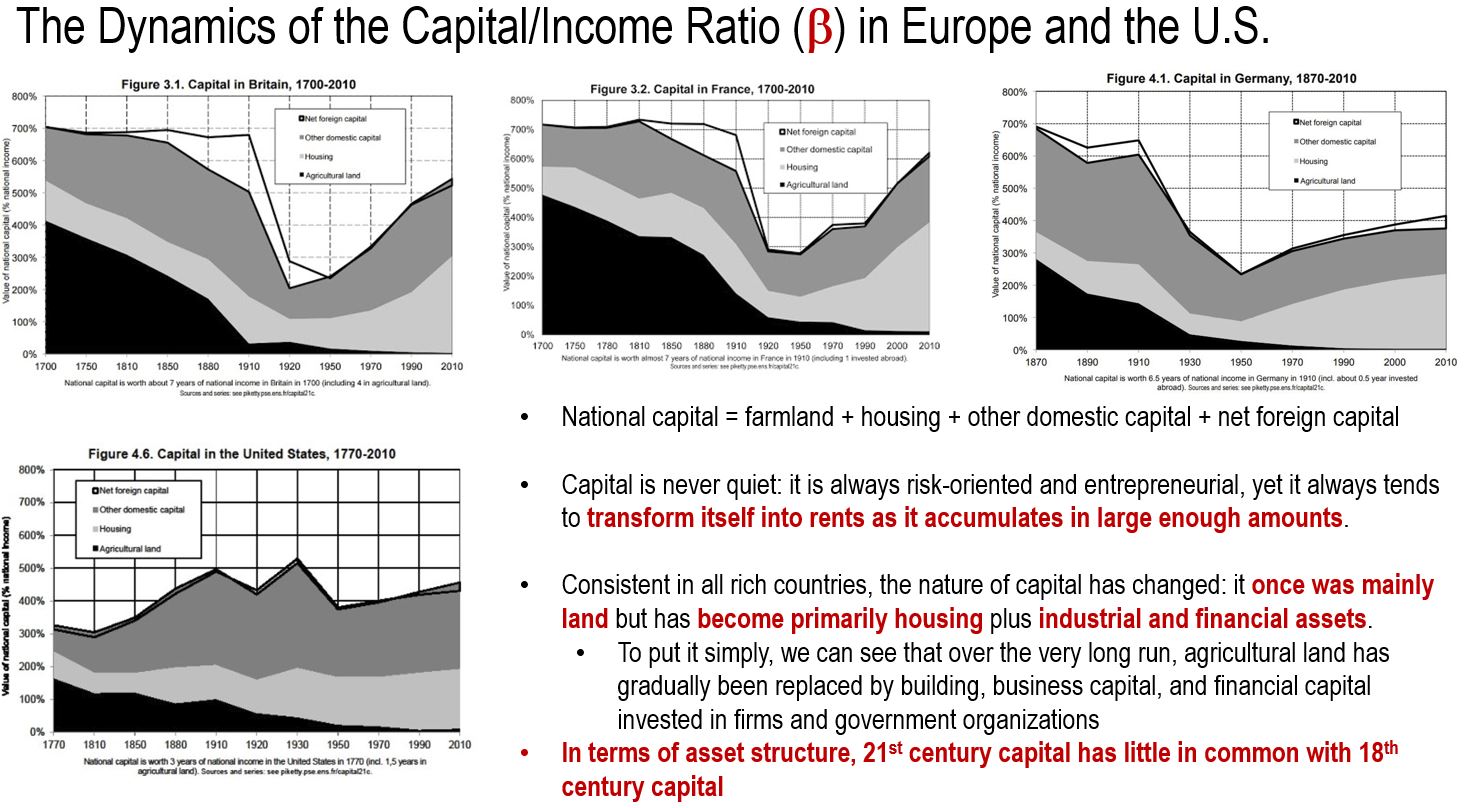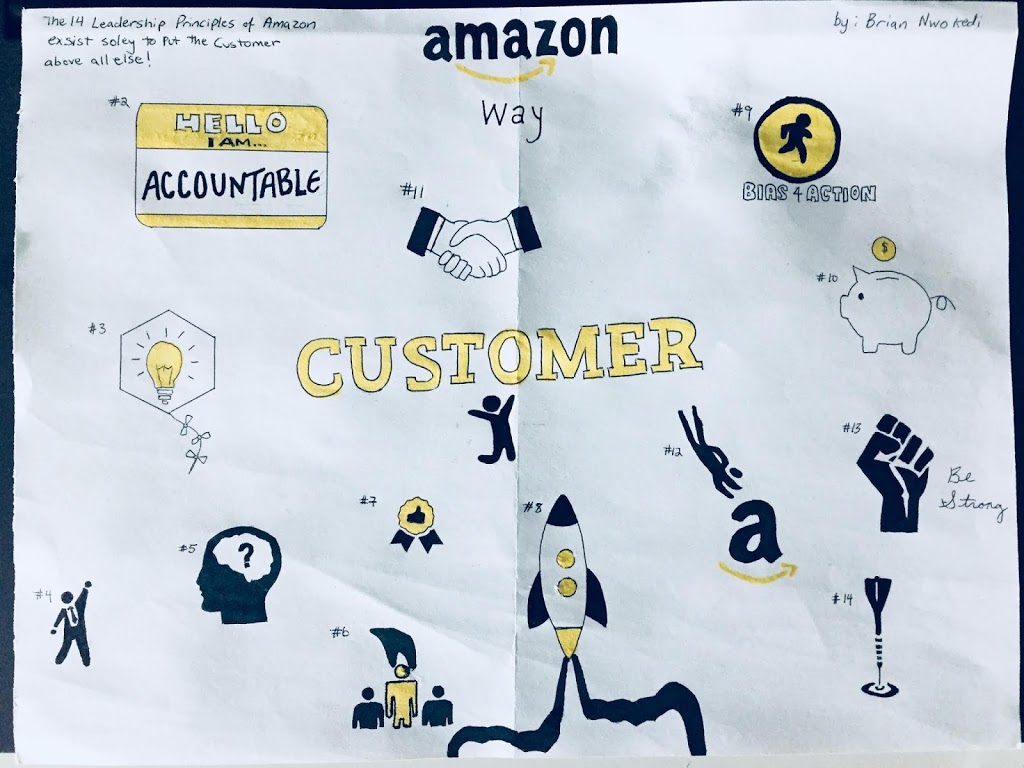Introduction
Peter Drucker once said …
“The ability to make good decisions regarding people represents one of the last reliable sources of competitive advantage, since very few organizations are very good at it.”
Most companies would agree that the single most important driver of organizational performance and individual managerial success is human capital or talent. Yet most companies still leave their talent acquisition process to chance using outdated interview techniques that lead to poor long-term results.
In June of last year, I read Topgrading by Bradford D. Smart as I geared up to hire a Director of HR. And like “every important business book” out there, Topgrading has been recommended by every who’s who in the business world. I honestly must say that the book is chalked full of strategies that promise to improve your talent acquisition process. I could spend 30+ days trying to unpack all the different tidbits I obtained by finishing this read, but I won’t. Instead, I want to share how my approach to talent acquisition has changed as a result of reading this book.
The Current Reality
The cold reality is that the average company suffers a 75% failure rate hiring people. 75% of managers hired externally without Topgrading methods are mistakes, underperformers, or miss-hires. The following chart shows the reality of talent dispersion:

The Goal
The directly stated goal of Topgrading is to fill at least 75% of positions in an organization with high performers (A Players) by hiring and promoting people who turn out to be high performers at least 75% of the time.
Topgrading companies, in contrast to their competitors, get disproportionately better talent for the total compensation dollars they spend. As ruthless as it may sound, Topgrading is all about increasing the percentage of high performers, A Players, and not being satisfied with B Players who never are worthy of a Very Good or Excellent rating.
The How and What
When you finish reading Topgrading, you are introduced to the Topgrading Interview process where you spend close to a full day accessing your potential hire. You take a chronological approach starting with school years and progressing through many questions about every job starting with the first job and moving forward to the present. The proven magic of Topgrading interviewing is to learn how the candidate has evolved across the education years and full career history.
During this tenacious interview process, you will spend hours accessing 50 separate competencies across five domains:
- Intellectual
- Personal
- Interpersonal
- Management
- Leadership
The following chart details the 50 competencies and ranks each competency across three dimensions of people’s ability to change their behaviors related to each competency.

Most companies have 5 to 10 competencies for most jobs, but the Topgrading method believes that for management jobs these 50 competencies are all important. This means that if a new hire is only Fair or Poor on even one of the above competencies, that new hire is apt to be considered a miss-hire. How tenacious is that?
Resourcefulness is the Most Important Competency
Early in the book (Smart, 2005, p. 36), Bradford D. Smart unequivocally states that resourcefulness is the most important competency to hire for. Resourcefulness (Initiative) is defined as:
“Passionately finding ways over, around, or through barriers to success. Working to achieve results despite lack of resources. A willingness to go beyond the call of duty and a bias for action. A results-oriented “doer.”
Resourcefulness is a composite of several competencies. It’s proactivity, energy, passion, analytical skills, and persistence wrapped into one. In common terms, resourcefulness is the brains and drive to figure out how to get over, around, or through barriers to success. A Players all exude resourcefulness in spades. C Players never seem to develop it.
Resourcefulness is a crucial leadership skill for today’s generation of leaders. A resourceful person is one that is able to quickly adapt to new or different situations, is able to find solutions, think creatively, and sometimes manage with what they have available to them. Given today’s challenges leading during the COVID-19 pandemic, everyone is having to learn how to make do with what they have and develop a skill in doing more with less (Hardwick-Smith, 2020).
A Players Do The Following Really Well…

What I Will Do Differently
As a knowledge-work leader, the key to my success, in the simplest terms, is to hire the best employees, create an empowering environment, provide the necessary tools and guidance, and then get out of the way. I must continuously align individuals’ responsibilities to be consistent with their strengths, weaknesses, and interests.
“At the end of the day, you bet on people, no strategies”
—Larry Bossidy
As a result of finishing this book, I will do some things differently in my talent acquisition approach. Specifically:
- I will look harder to find talent at all salary ranges. The focus will be on hiring A Players at the right salary level. Regardless of what we pay people, we should be sure to get top talent for the salary we can afford.
- I will screen harder on the front end to select the right people. Time is a precious resource but more time needs to be spent in the phone screening process to eliminate B and C Players upfront.
- I will act more quickly to confront nonperformance and redeploy chronic B and C Players.
- I will use 360 email surveys and skip-level meetings to gain deeper insights into every manager’s strengths and weaker points, including myself!
In closing, the name of the game is to create talented teams that drive towards better results over the long term. As Peter Drucker so eloquently put it, “Culture eats strategy for breakfast & lunch.” Topgrading will help me prevent the 75% failure rate in hiring and promotions that are so commonplace in most companies. But almost more importantly, it will help me solve the three biggest hiring problems:
- Rampant dishonesty by weak candidates who easily get away with fudging their resumes and faking their interviews,
- Insufficient information, because most companies use superficial hiring methods that enable candidates to control and hide what they share about themselves,
- Lack of verifiability, as most reference checks are practically useless.
The Extras…
My Book Review on Goodreads




























